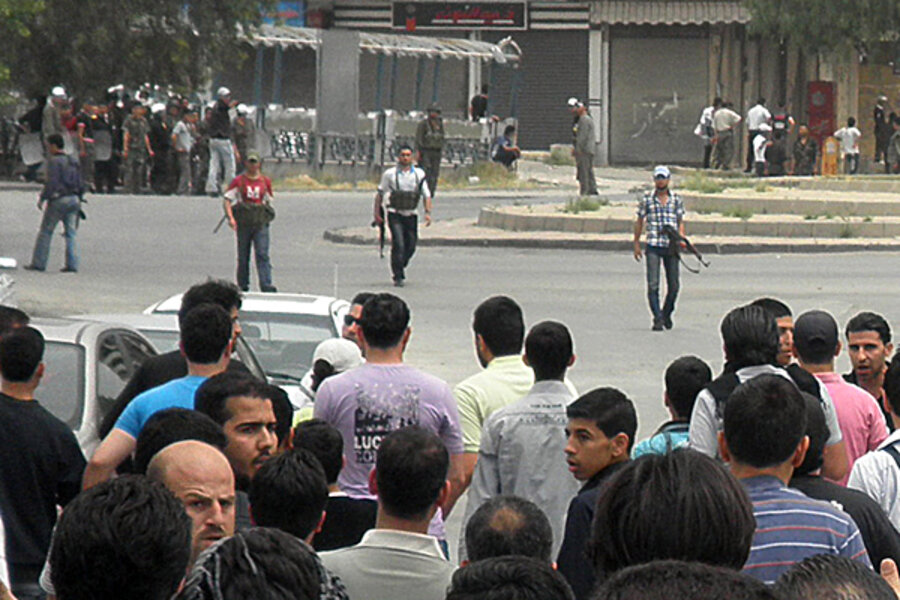After 14 months of rising violence, the regime of President Bashar al-Assad has shown no sign of disintegration. Only a handful of minor officials have defected. Mr. Assad has been bolstered by diplomatic and logistical support from Russia, China, and Iran, as well as by the West's reluctance to intervene militarily.
The regime also can rely on support from the minority Alawite community. At 12 percent of Syria's population, many Alawites fear persecution or worse at the hands of majority Sunnis if the regime falls. This also explains why key units of the Syrian Army have held together. The well-equipped, well-trained 4th Armored Division is about 80 percent Alawite. For them, the struggle to crush the opposition is potentially an existential one. But even if the regime holds on, it is certain there will be no return to the Syria that existed before the uprising began in March 2011.






